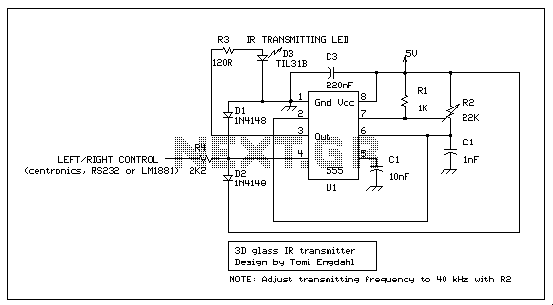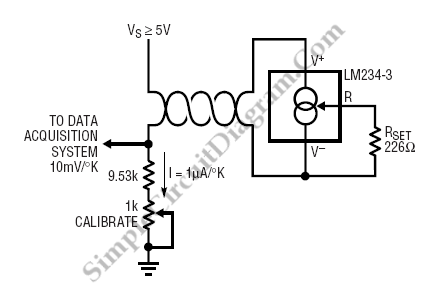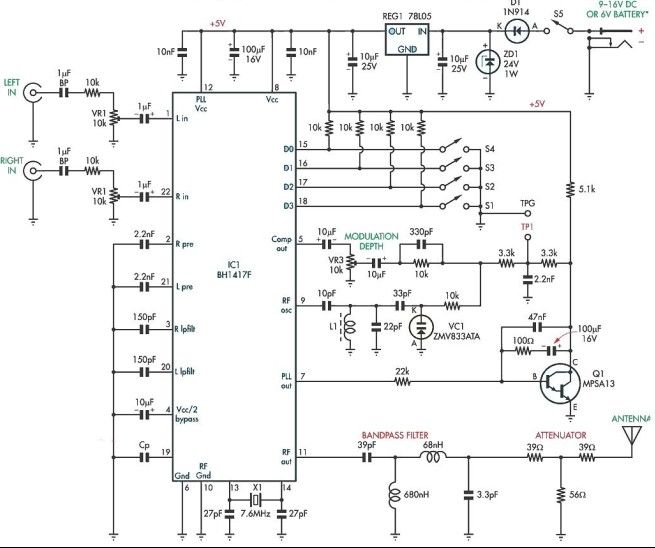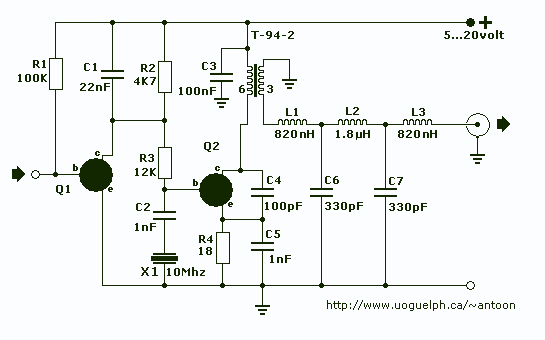
Hf Low-Power Cw Transmitter
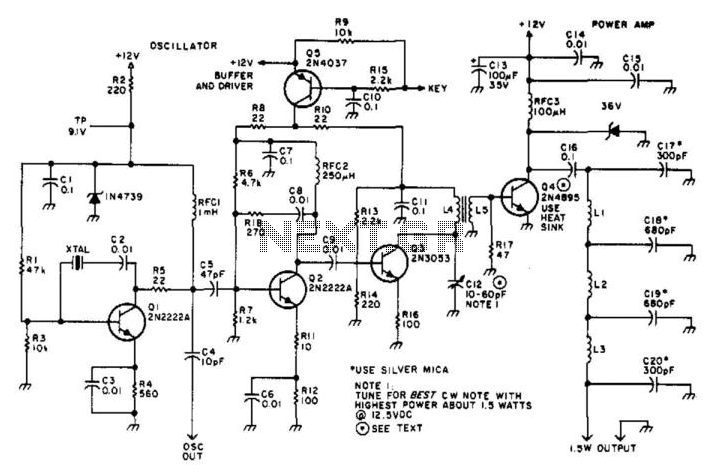
Suitable for amateur use, this 1.5-W transmitter operates on a 12-V supply. Q1 functions as an oscillator utilizing a surplus FT243 crystal. Q2 serves as a buffer driver and is activated through the keying transistor Q5. Q3 acts as a driver for Q4, which requires a heatsink. Q4 generates approximately 1.5 W of output power. Coil specifications are provided in the parts list. C12 is tuned for optimal power output.
This 1.5-W transmitter circuit is designed for amateur radio operators, offering a compact and efficient solution for low-power transmission. The circuit operates from a 12-V power supply, making it suitable for various applications. The oscillator stage, represented by transistor Q1, utilizes an FT243 crystal for frequency stability, ensuring reliable performance within amateur bands.
Transistor Q2 functions as a buffer driver, providing impedance matching between the oscillator and the subsequent stages of the circuit. The keying mechanism is implemented through transistor Q5, which allows for on/off control of the transmitter, enabling operators to transmit signals as needed without affecting the oscillator's performance.
Transistor Q3 is employed as a driver for the final output stage, Q4, which is responsible for amplifying the signal to the desired output power level. It is crucial to attach a heatsink to Q4 to dissipate heat generated during operation, thus preventing thermal damage and maintaining efficiency. The output power from Q4 is approximately 1.5 W, suitable for short-range communication.
Coil specifications are essential for tuning the transmitter to the desired frequency, and these details are available in the parts list accompanying the schematic. Capacitor C12 plays a critical role in fine-tuning the circuit for optimal power output, and it should be adjusted to achieve the best performance in terms of signal clarity and transmission range.
Overall, this transmitter circuit offers a practical solution for amateur radio enthusiasts looking to build a low-power transmitter with straightforward components and clear operational characteristics. Suitable for amateur use, this 1.5-W transmitter runs on a 12-V supply. Ql is an oscillator using a surplus FT2 43 crystal. Q2 is a buffer driver and is keyed via keying transistor Q5. Q3 acts as a driver for Q4 (which should be heatsinked). Q4 develops about 1.5-W output. Coil data is given in the parts list. C12 is adjusted for best power output.
This 1.5-W transmitter circuit is designed for amateur radio operators, offering a compact and efficient solution for low-power transmission. The circuit operates from a 12-V power supply, making it suitable for various applications. The oscillator stage, represented by transistor Q1, utilizes an FT243 crystal for frequency stability, ensuring reliable performance within amateur bands.
Transistor Q2 functions as a buffer driver, providing impedance matching between the oscillator and the subsequent stages of the circuit. The keying mechanism is implemented through transistor Q5, which allows for on/off control of the transmitter, enabling operators to transmit signals as needed without affecting the oscillator's performance.
Transistor Q3 is employed as a driver for the final output stage, Q4, which is responsible for amplifying the signal to the desired output power level. It is crucial to attach a heatsink to Q4 to dissipate heat generated during operation, thus preventing thermal damage and maintaining efficiency. The output power from Q4 is approximately 1.5 W, suitable for short-range communication.
Coil specifications are essential for tuning the transmitter to the desired frequency, and these details are available in the parts list accompanying the schematic. Capacitor C12 plays a critical role in fine-tuning the circuit for optimal power output, and it should be adjusted to achieve the best performance in terms of signal clarity and transmission range.
Overall, this transmitter circuit offers a practical solution for amateur radio enthusiasts looking to build a low-power transmitter with straightforward components and clear operational characteristics. Suitable for amateur use, this 1.5-W transmitter runs on a 12-V supply. Ql is an oscillator using a surplus FT2 43 crystal. Q2 is a buffer driver and is keyed via keying transistor Q5. Q3 acts as a driver for Q4 (which should be heatsinked). Q4 develops about 1.5-W output. Coil data is given in the parts list. C12 is adjusted for best power output.
